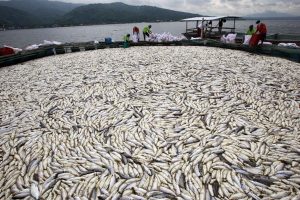Recently, I got involved in a volunteer project in the local Charleston community. My Introduction to Public Health professor saw my involvement in urban gardening and asked if I would be interested in formulating a plan for an urban garden in Charleston. The plan was to build a garden in an area with a high population of homeless people. My professor and I discussed how difficult it is for the homeless to get healthy foods and felt like there was something we could do. We coined the name the Garden Exchange Initiative with a purpose to provide simple, nutritious meals to the homeless. Our plan is to team up with the local organizations like the Public Health society, the College of Charleston’s gardening clubs, as well as the Low Country Herald in order to broaden our resources and spread awareness. We are currently working with The Office of Sustainability in hopes that they will provide us with the tools and equipment needed for the garden. Not only does the Low Country Herald give out free news to Newspaper to the homeless, but donations made to the Herald are incentivized with tax reductions. We plan to use raised gardening and hanging beds that will occupy an area of 100 X 50 feet.There will be full access to the homeless for plants like cucumbers, melons, peppers, and tomatoes. We plan to start tilling and planting May 1 and over the summer there will be a rotation schedule set to send at least one person to go everyday to the site to water and tend to the plants.
There have been efforts for urban gardens in the Charleston community, but none officially proposed specifically for the homeless population. Every Saturday, my professor as well as other volunteers open a shelter for the homeless that provides a meal, medical exams, showers, toiletries and more all for no cost. Through this, we are able to spread the word to the homeless population about the urban garden in hopes for a successful project.

